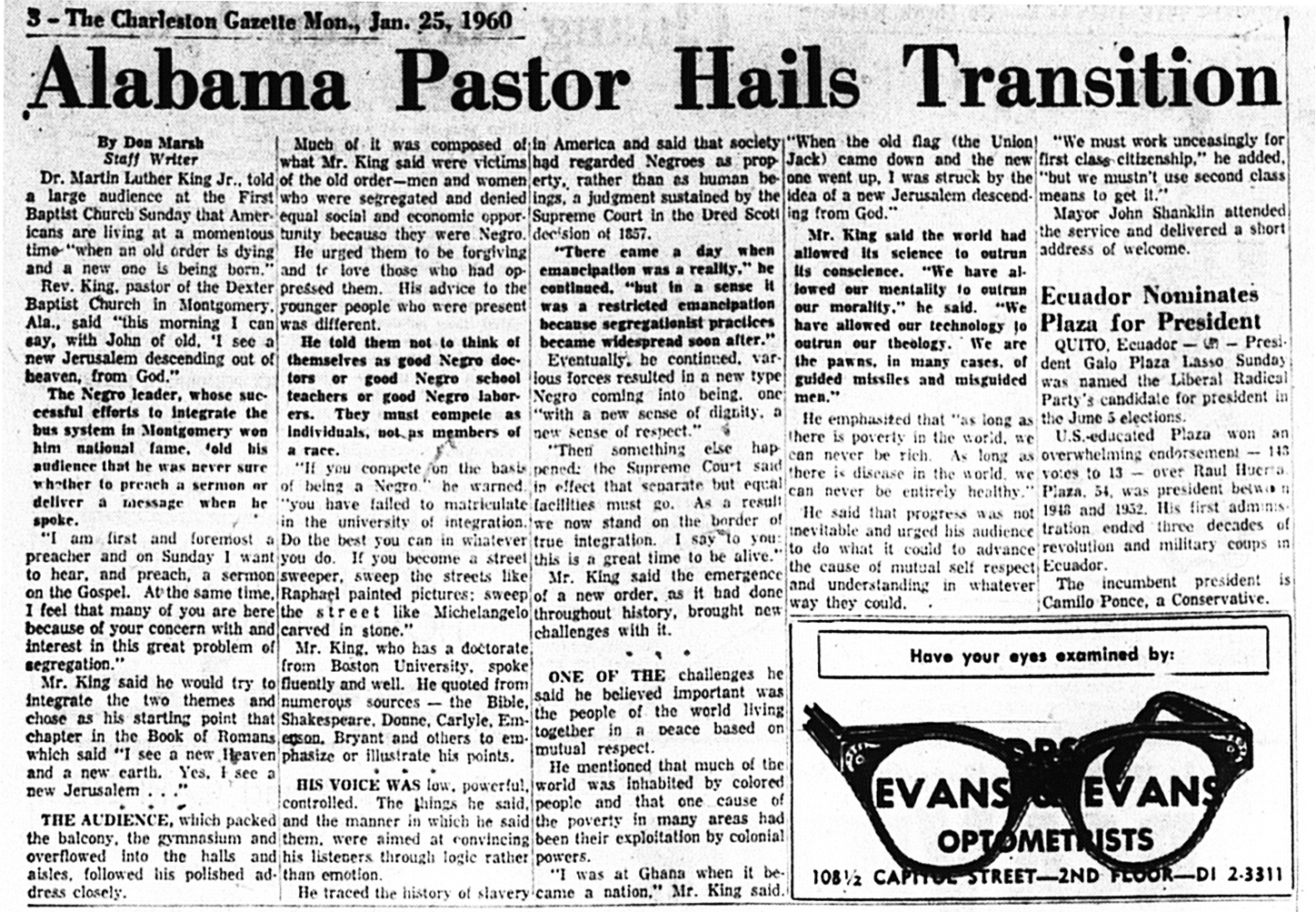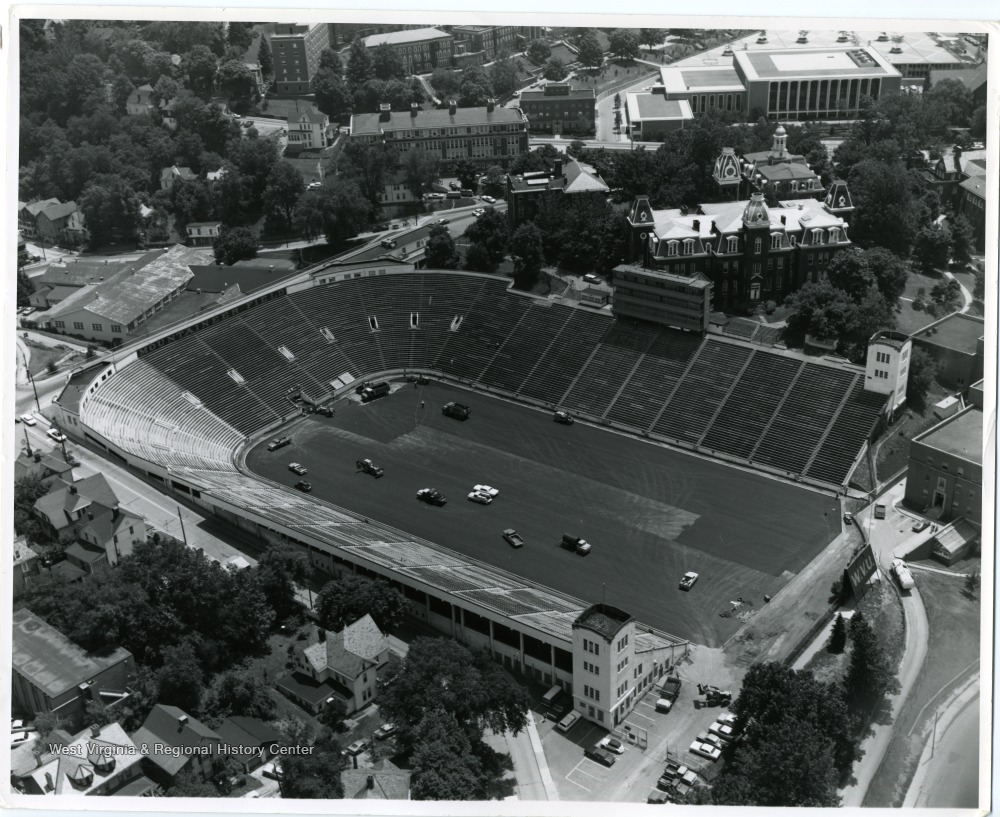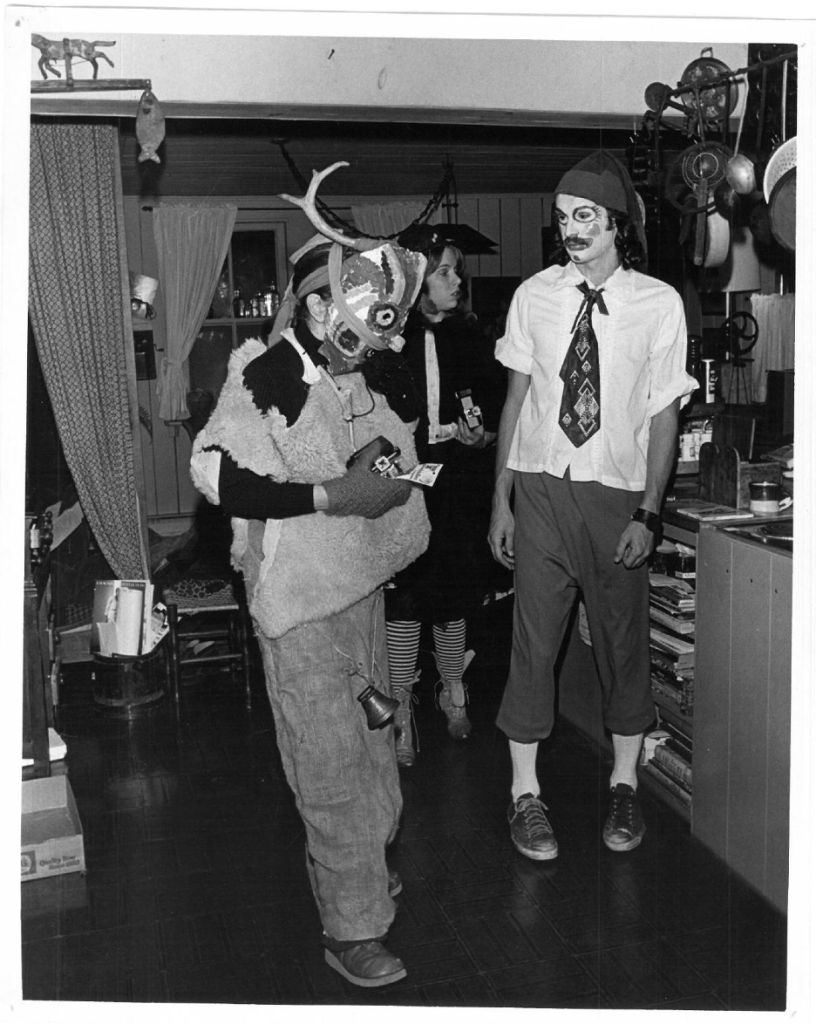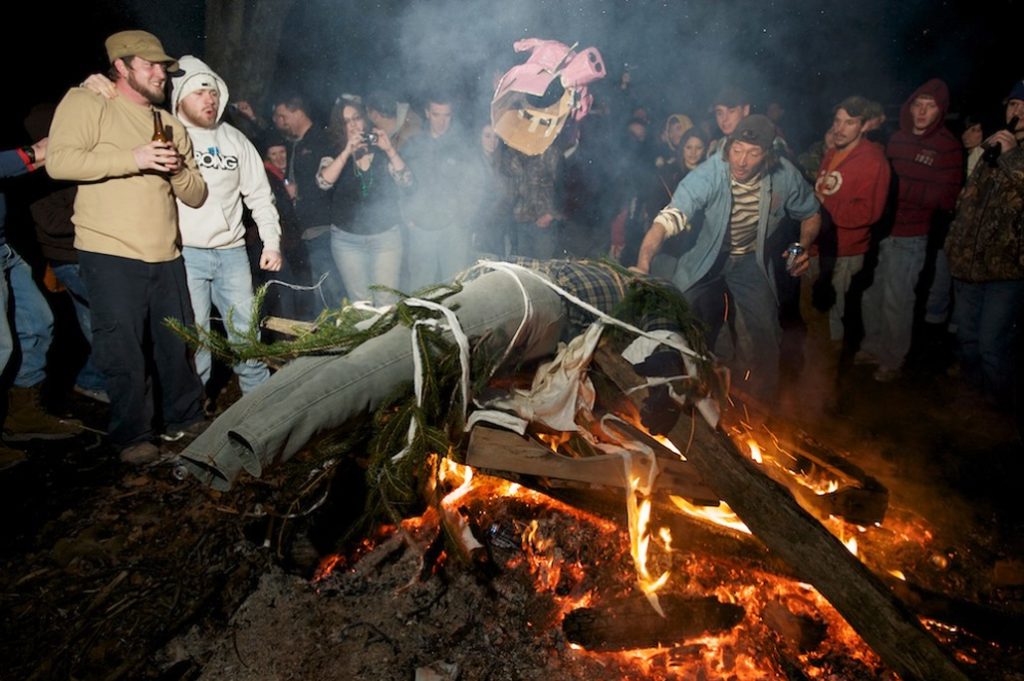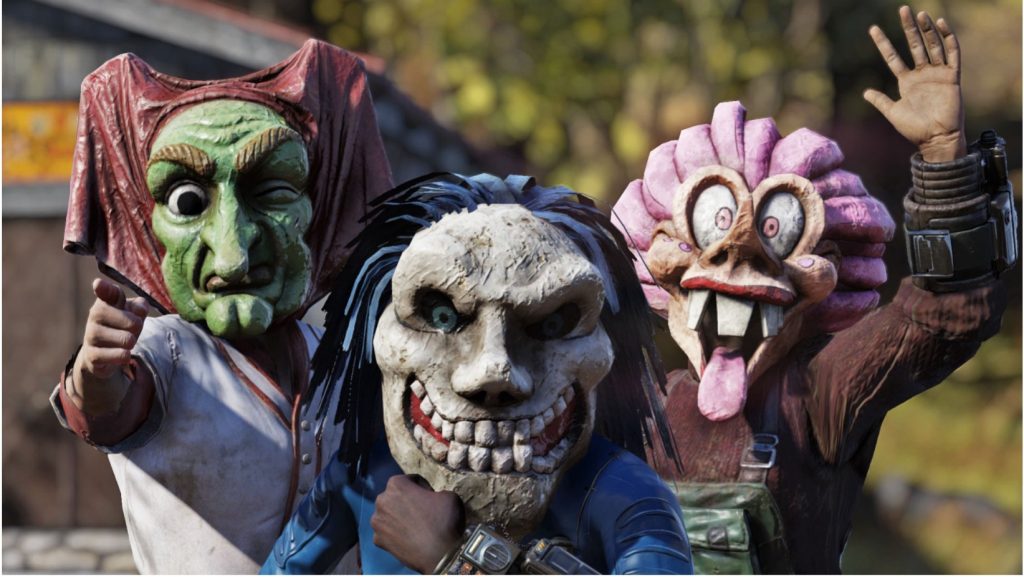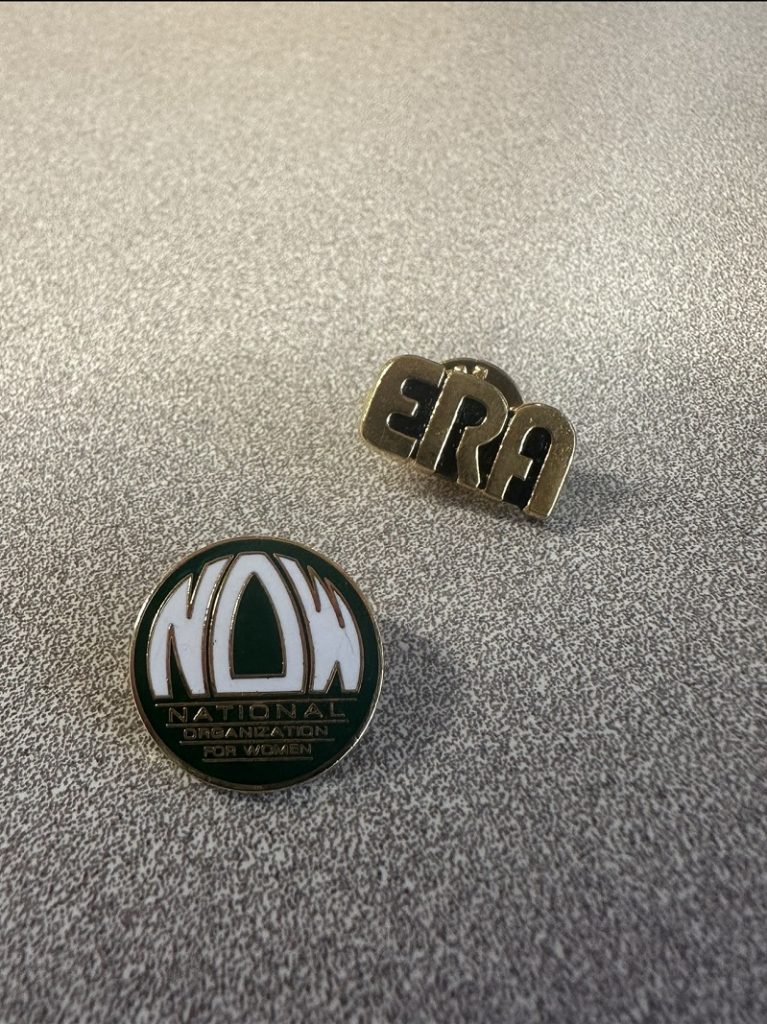This post, poem, and commentary were written by Dr. Brucella Jordan, and presented at the WVRHC April 4, 2023
Norman Harrison Jordan was a native West Virginian, born in 1938 in the small coal mining town of Ansted, WV, which is in Fayette County. His family was some of the early African Americans who migrated from Virginia to work for the Gauley Mountain Coal Company around 1906. His maternal grandfather, William Rogers, had worked in an iron foundry in Virginia and his skills there contributed to his becoming Supervisor of the coke ovens in Ansted; an unusual position for an African American at that time. Norman was born in a coal company house which was just recently torn down.
His paternal grandfather, William Harvey Jordan, came to Ansted to work in the mines in about 1912. He was born in Black Hawk Hollow near Charleston, WV. So, Norman’s immediate family; his mother, father, and siblings were the 2nd generation of their family living in Ansted. Norman was the 4th child of nine children (4 girls and 5 boys).
His first memories of being aware of poetry were associated with two people; his grandmother and his elementary school teacher: When he was about 7 years old his grandmother was director of a church play and he had to recite a poem in it; she often included poetry in other church plays and programs that she directed and she wrote poetry herself.
Also as a child, he attended the segregated school in Ansted, and when he was about 10 years old he contracted Rheumatic Fever. After being released from the hospital he began being taught at home by a homebound teacher because he was too weak to walk up the hill to the school. His teacher, Mrs. Childs was a lover of poetry and included some of it in her lesson plans. They would often read poetry together and he became familiar with the poetry of Paul Lawrence Dunbar, Phillis Wheatley, James Weldon Johnston, Edgar Allen Poe, Henry Wadsworth Longfellow and some of the other pre-1950s poets. He would memorize poems and was encouraged to write poetry by his teacher, and he did write some poems at that early age.
In the 1940’s and 50s there was an outmigration of African Americans leaving WV as some of the mines began to have less work and people began going elsewhere to find jobs. Norman’s family went to Cleveland, Ohio in 1951 where factory jobs were plentiful and where his paternal grandfather, who had already left West Virginia, was already living. Norman’s father and oldest brother had gone ahead to find work and a place to live before bringing the rest of the family. However, that process was sped up by the fact that Norman was injured in an accident. His older brother had found and was playing with the family gun and accidentally shot Norman in the face, just above his mouth; he survived of course, but his father came back to WV and immediately moved the family to Cleveland.
Living and going to school in a large city took some getting used to. His family moved into a house on the east side of Cleveland; East 88th Street. It was a neighborhood that had initially been all Polish immigrants; it was called the Sowinski area, but African Americans were beginning to move into it as whites were moving out of it.; and there were some racial clashes associated with that. Norman was also sometimes made fun of and picked on at school because of his somewhat country ways; he was still wearing overalls to school and he had a slight speech impediment, which could have been caused by the gunshot wound.
However, he was continuing to write poetry and it was during this time that he wrote what he has always considered to be his most popular poem, even till today; “Hometown Boy.” As a female I could relate to this poem because it was common for African Americans who had migrated north from southern states to have relatives from the south to come visit them and we always had certain impressions of them; their southern culture being different from those who had been born and raised in the north. And I would imagine that some of that inspired the poem Hometown Boy.
As a teenager in Cleveland Norman briefly attended High School, but despite his mother’s objections, he dropped out before graduating to join the Navy in 1955; he following in the footsteps of his two older brothers who had joined the military early. He was stationed on a small warship In the Navy and was able to travel a lot to different counties and he was proud of that. And he was able to read all of the books of poetry in the Navy library while also continuing to write poetry. He also briefly got into song writing because some singers heard about his poetry and asked him to write songs for them and he wrote quite a large number of songs during that time. But he had a bad experience with someone stealing the bulk of his songs. He became very depressed over that, which caused him to stop writing altogether for a while.
After being discharged from the Navy in 1959 and going back to Cleveland, his interest and focus returned to poetry. He began visiting the Cleveland Public Library and reading the poetry of international poets; the poetry of the Chinese, Cubans, South Americans and Africans really fascinated and inspired him as well as the poetry of American Beat Generation poets like LeRoi Jones, Allen Ginsburg, Lawrence Ferlinghetti, Diane Di Prima and Bob Kaufman. During this time he also decorated his car with some of his short poems and began reading some of his poetry on local radio shows. He was writing poems that were somewhat reflective of his personal life at the time. An example of the type of poetry he was writing would be:
“A Winter’s Night Walk.”
Fletcher and I will walk tonight
No one will hear us come or go
Nor will they hear the empty wine bottle
When it falls in the soft, silent, snow.
It was in the early 1960s when Norman and I met. What I remember from that period is that my family and I had moved onto east 88th street in Cleveland and I had noticed a young black man walking in the neighborhood who often carried a brief case, which set him off from the other young black men on the street. I would later learn that there were poems in that briefcase. At that time Norman worked as a Supervisor for the Ohio Dept. of Highways, he was about 25 years old, and still lived at home with his parents and some other siblings, and he and his brothers and a lot of their friends drank a lot of alcohol, something that he had begun doing when he was in the Navy and actually he was fast becoming an alcoholic at this time. But, he was different and I was attracted to him. We dated for a while and fell in love, but then I broke up with him because of his drinking.
The following poem is what he wrote when we broke up:
1963
I have abandoned my past,
left behind five unanswered
love letters
and the ashes of a poem
I wanted to give to Brucella
INSTEAD, I gave her a toast
with five hundred barrels of wine
Soon afterwards he joined Alcoholics Anonymous, began making positive changes in his life, and we got married.
It was in the early 1960s that Norman’s style of poetry began to change and what really catapulted the recognition of him and his poetry at that time was the Civil Rights Movement. Norman was actively involved with the CRM in Cleveland in terms of social and political activism and he would soon also become one of the most prominent figures and a driving force in the Black Arts Movement of that era. As with most social and political movements such as civil rights, there is an artistic component in which artistically inclined persons express themselves regarding the social and political activities that are taking place. So, the Black Arts Movement (BAM) was the artistic component and expression of the Civil Rights Movement (CRM).
Norman’s writing began to reflect the realities of the Civil Rights Movement and he also became associated with a group of other young poets in the area who were doing the same thing. He, along with poet and publisher Russell Atkins soon co-founded that group into the Muntu Poets. They met regularly in writing workshops and performed throughout Cleveland’s metropolitan area. Also at this time Cleveland’s Karamu House Theater, which is the oldest African American theater in the country presented a program entitled “An Evening with Norman Jordan” in which his poetry was read on stage by their actors.
As his poetry became more popular, Norman would transition into becoming a major participant in the National Black Arts Movement performing with other poets like Nikki Giovanni, Amiri Baraka, Haki Madhubuti, Sonja Sanchez, Askia Muhammad Toure, Maya Angelou, Quincy Troup, Eugene Redmond, and several others; they performed regularly together and he became friends with many of them. Also, he was proud to have met Langston Hughes, who included two of Norman’s poems in his anthology The Poetry of the Negro in 1965.
The poetry of the Black Arts Movement, like the poetry of the Harlem Renaissance movement tended to express the plight of African Americans and was more radical and often militant in nature. The 1960s was a time when more research was being done and the truth about African American history and culture was being revealed. People wanted change and were willing to do what was necessary to get it; whether you fit into the ideology of Dr. Martin Luther King or Malcom X or somewhere in between, as a black person you wanted to obtain equal rights. As Norman wrote in 1966 “A Man who is afraid to die for his freedom in already dead.” That was the feeling of the Black Arts Movement.
Read from Destination Ashes the poem “One for All,” as an example of radical poetry of BAM. His first book, Destination Ashes was first published in our apartment using a mimeograph machine and staples. The 2nd publishing of it was by Creative Copy, a print shop in Cleveland, and the 3rd and final printing was by Third World Press in Chicago that Don L. Lee AKA Haki Madubuti was owner of.
In the latter part of the BAM, Norman and I became interested in making other more personal changes in our lives. We both had been cigarette smokers, but we quite in our twenties, we both became vegetarians and began to practice yoga and meditation, his book Above Maya is more reflective of that time period. Above Maya was written as an experiment. Norman’s astrological sign is Leo and he had heard that a person is most creative during the month of their birth sign, so he wrote a poem every day during the sign of Leo (the latter part of July & beginning of August). The poem “August 8’ is probably the most popular poem from Above Maya.
Norman is the author of five books of poetry, two of them, Destination: Ashes, and Above Maya, were written and published during the BAM era. His poetry from that period, and later, has been anthologized in more than forty books of African American and American literature and one in Swedish, and he had performed at many colleges and universities across the country and a wide variety of other venues including New York’s Apollo Theater.
His most popular play is entitled “In the Last Days,” and was written during that time; it has been staged in several theaters including what they call Off-Off Broadway in the Bedford Stuyvesant area of New York. He was writer in Residence for a year at Karamu House Theater and he won a United Nations Playwrights award in which he spent a week along with other awarded playwrights in New York observing plays, writing and interacting with each other. A film about his life and poetry entitled “Dead Ends, New Dreams,” was made by Case Western Reserve University. And it is for these reasons that his poetry is most associated with the BAM. However, Norman, who was very proud of his association with the BAM has said that he was writing poetry before the protest poetry of the BAM (1960s & 70s), but after that he returned to writing poetry for his own enjoyment.
The late 1970s brought new and different experiences for Norman and I. After a brief period of marital separation and both of us living in different parts of the country; he in Berkeley, California and me in Tuskegee, Alabama, we joined forces again, renewed our relationship, and after a few months of living, rehearsing, and performing in Baltimore, Maryland where Norman’s play “In the Last Days” was being staged, we moved to Ansted, West Virginia. Why West Virginia? As I said earlier, it was the place of Norman’s birth and where he spent his pre-teenage years, he still had relatives living there on property his family owned, and it was the perfect place to live the lifestyle that we both were becoming accustomed to as raw food vegetarians practicing yoga and meditation, trying to live a healthy, simple, creative, and uncomplicated life.
In West Virginia, Norman and I soon began to connect with other artists and activists in the area. We found that the African American community had interest in preserving their heritage, in receiving equal rights, in establishing their identity and having their accomplishments as African Americans living in Appalachia be recognized and appreciated. We also saw that there was much to do in terms of preserving the rich heritage that African Americans had contributed to the state of West Virginia as a leading coal mining region. In addition, we became aware of the lingering aspects of racism that stemmed from segregation and had had such a devastating impact on many of the African American residents.
We, especially Norman, began to work more closely with people who were trying to bring about change. As Norman connected with the grassroots environment of the black community he also strengthened his ability to become more involved on other levels by going back to school and obtaining a Bachelor of Arts degree in the Fine Arts from West Virginia University and a Master of Arts degree in Black Studies from Ohio State University; both accomplishments and venues were instrumental in his acquiring new connections in the arts and African American history and culture in the state of West Virginia. After obtaining his degrees he worked as a Program Coordinator for the WV Dept. of Culture and History for about 10 years and he taught African American literature at WVU and Glenville State College as an adjunct professor.
He connected with the West Virginia Writers organization, and interacted with poets and other literary people such as Kirk Judd, Phillis Moore, Daniel Boyd, Ed Cabbell, Joseph Bundy, Elaine Blue, Ancella Bickley, Crystal Good and others. He became a member of the Affrillachian Poets and did readings at the Cultural Center, the John Henry Festival, and many other venues. He was very proud of having been published in the anthology, Wild Sweet Notes: Fifty Years of WV Poetry, and also receiving the Martin Luther King Living the Dream Award from the West Virginia Governor’s Award Committee in the year 2000.
I would say that while Norman was aware of social inequities in WV that he sought to address them in different ways than he had earlier. In 1991, he and I founded the African American Heritage Family tree Museum, and in 1994, along with the United African American Artists of WV, which he was a member of, founded the Norman Jordan African American Arts & Heritage Academy for teenagers; a week long summer arts and cultural heritage academy, which is still operating today. During this time he also started performing a characterization of Dr. Carter G. Woodson, the person who started Black History Week in the 1920s, which eventually evolved to Black History Month. His poetry, on the other hand, tended to reflect more of the beauty of the state itself and the comfort that he felt living here. The two books that he published after being back in WV are Where Do People in Dreams Come From & Other Poems (2004), and Sing Me Different (2012).
Sing Me Different represents a different style of writing poetry, which Norman felt that he created. Probably the last major new project that he worked on with others, was a book entitled African American Heritage at the New River Gorge National River. It was produced by the National Parks Service and Norman was hired as a consultant and historian to interview African American residents still living in the New River Gorge area, then transcribe and interpret his findings. Each of the 7 chapters begins with a poem that he wrote for that section of the book. He really enjoyed working on that project especially meeting and interviewing the African American residents.
I want to end by reading a poem and commentary that I wrote about him after he passed away.
I’m still getting requests from people who want to publish his poems in upcoming books.
Some of Norman’s books are available on Amazon.
Seeing the Real You
Tonight
I’m laying here thinking and remembering
Things my mind won’t let me forget
As I often do before sleep overtakes me
Things from the past of course
That’s what old folks do
Young folks daydream about the future
Makes sense I guess
For me lots of past
Not as much future left
I’m thinking about Norman
So much to remember about him but
This one thing I don’t want to forget because
It energizes me to think about it
As if I shared in that part of him
It was a privilege to be able to daily observe the activities and thought processes of a truly creative person. He was a poet who saw poetry in everything; in every day, night, activity; Life. Living and observing was a poetic drama that inspired him to see it clearly, play with it, and then interpret it to the rest of us in his writing and actions. I could see that working within him up-close and from afar. I write poetry, but I am not a poet; Norman was a poet. His life was poetry and I am blessed to have been able to observe it. Why am I writing this now – tonight? Because, although I remember it still, I notice that the memory of it is not as distinct in my mind as it was six years ago when he passed away, and I don’t want to forget how lucky I was to have witnessed creativity in motion.
























































